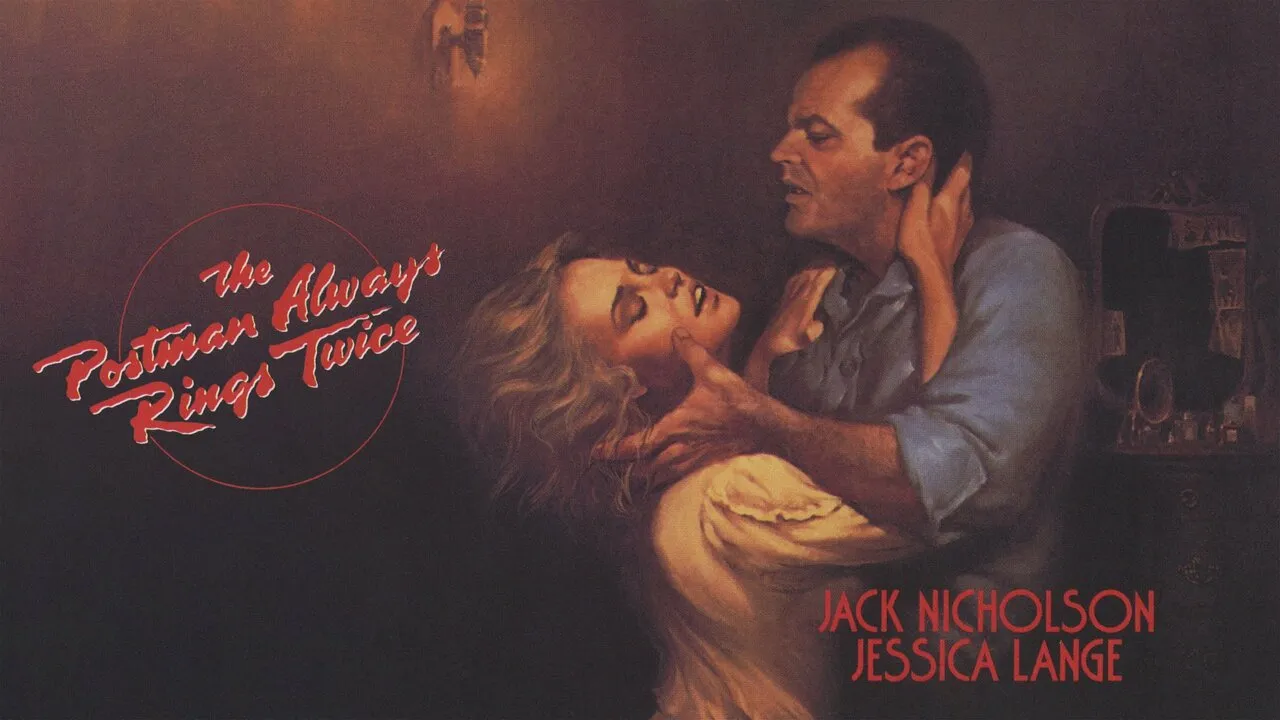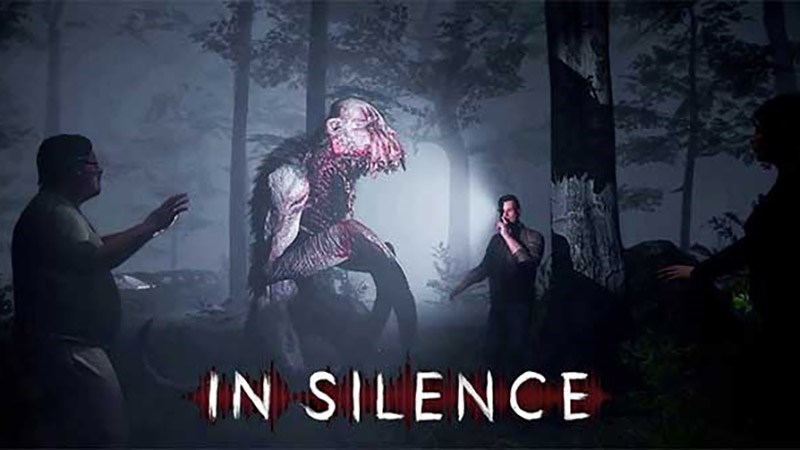Silence (2016): A Meditative Exploration of Faith and Suffering
Silence (2016) is a profound historical drama directed by Martin Scorsese, based on the acclaimed 1966 novel by Japanese author Shūsaku Endō. Set in 17th-century Japan during a time of brutal persecution of Christians, the film explores themes of faith, doubt, cultural collision, and spiritual endurance through a haunting, slow-burning narrative. More than just a historical epic, Silence is a deeply personal work for Scorsese—one that reflects his long-standing fascination with religious struggle and moral ambiguity.
The film follows two young Portuguese Jesuit priests, Sebastião Rodrigues (Andrew Garfield) and Francisco Garupe (Adam Driver), who journey to Japan in search of their mentor, Father Ferreira (Liam Neeson), who is rumored to have renounced his faith after being tortured by Japanese authorities. The two men are determined to find him and continue spreading Christianity among the hidden Japanese converts, even though the Tokugawa shogunate has outlawed the religion and begun a merciless crackdown on all believers.

As Rodrigues and Garupe travel through rural Japan, they witness the horrific suffering of Christian peasants, who are tortured and killed for refusing to renounce their faith. Despite this, many remain devout, quietly practicing in secret. The film paints a vivid picture of a land where Christianity survives only in whispers and shadows, and where belief is tested not through arguments, but through agony.
Andrew Garfield delivers a powerful performance as Rodrigues, whose initial confidence and spiritual certainty slowly unravel as he grapples with the silence of God in the face of unspeakable cruelty. His internal crisis reaches a peak when he is captured and confronted by Inoue, a cunning Japanese inquisitor who uses psychological manipulation rather than violence. Rodrigues is forced to confront the limits of his faith: is martyrdom noble, or is it a form of vanity? Is apostasy a betrayal of God—or a silent expression of love, done to save others?

Visually, Silence is a stunning work of restrained beauty. Shot by cinematographer Rodrigo Prieto, the film uses natural light, misty landscapes, and minimalistic compositions to emphasize spiritual isolation and moral conflict. Scorsese avoids melodrama, opting instead for a quiet, meditative tone that demands patience from the viewer. The title, Silence, refers not only to the absence of God’s voice, but also to the silence of nature, the silence of cultures misunderstood, and the inner silence of a man caught between duty and compassion.
Despite its critical acclaim, Silence was not a commercial success, perhaps due to its somber tone and philosophical depth. However, many regard it as one of Scorsese’s most personal and spiritually ambitious films. It does not offer easy answers, and it leaves the audience with difficult questions about faith, sacrifice, cultural imperialism, and what it truly means to follow one's conscience.

In the end, Silence (2016) is a haunting and contemplative film that invites viewers to reflect deeply on the nature of belief. It stands as a cinematic meditation on the price of conviction and the moral weight of mercy in a world where the voice of God often seems painfully absent.


